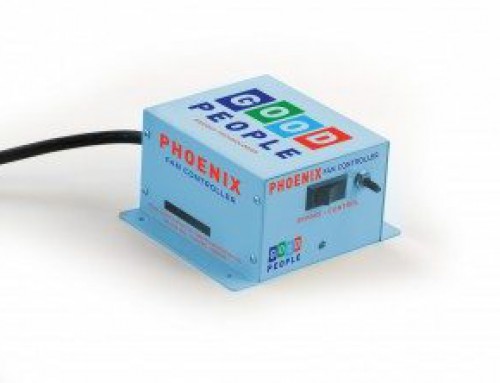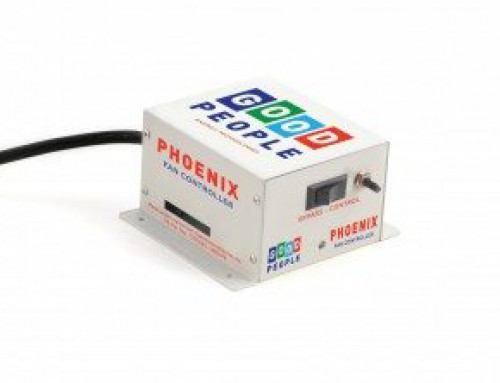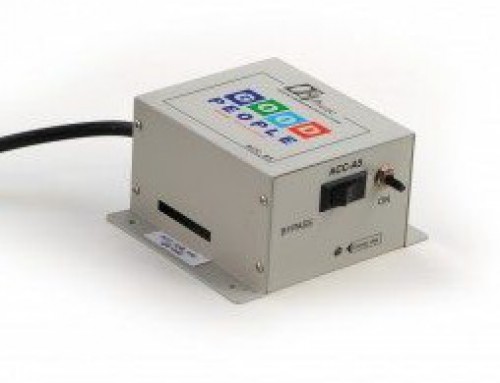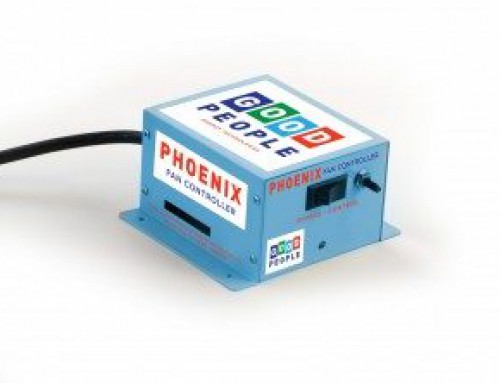You know your brand is important and that trademarks are a tool for protecting your brand. But how do you figure out what parts of your brand actually are trademarks? I always tell folks to start with their “house mark” (typically a company name) when they begin their trademark journey. But for many companies, their company name is just one element of a multi-layered brand and there is much, much more worth protecting.
The first challenge can be understanding what stuff is serving as a trademark and what isn’t. Company names are obvious, since they are the root of your goodwill as a unique source of the goods or services you provide. But anything your customers associate specifically with your goods or services can serve as a trademark. I’ve previously mentioned trademarking logos, slogans, and even things like colors, sounds, packaging, and building décor. But for now, I just want to focus on the layers that can appear in a single product. And make sure we identify the things that really are not trademarks.
The easiest way to do this is with an example. So, let’s look at a fictional craft beer. (I know you are shocked by my choice.)
- House Mark. We’ve decided to go into the beer business and opened Eat Drink Beer Brewing Company. Eat Drink Beer Brewing Company is, of course, our company name and could serve as our house mark. But it is a bit of a mouthful, so in our labeling and logos we are going to just use Eat Drink Beer as our house mark and we will plaster it on everything we do, including a prominent display on our product labels.
- House Logo Mark. Labels are visual, so we decide to incorporate our house word mark, Eat Drink Beer, into a fancy looking square seal that will appear on all of our beers and related advertising.
- Product Name Mark. We are launching our Do It Right India Pale Ale. We format it on our label to separate the unique trademark “Do It Right” from the generic beer style “India Pale Ale”. We hope that there will only be one “Do It Right” in the beer market, but there are countless India pale ales from other breweries. The beer style is not a trademark.
- Product Logo Mark. We decide to commission a sketch of a clip board with malt, hops, yeast, and water in a checklist that we will feature on the label, website, and marketing materials for Do It Right India Pale Ale. That drawing will serve as a logo and another trademark.
- Product Line/Series Mark. We decide to ease into the brewing business and that our initial beers are all going to be limited releases, but someday we plan to add other beers we will offer year around as another product line. We call the limited release product line “Beer Matters Limited Batch”. Again, we separate our trademark “Beer Matters” from the generic description of the product line, “Limited Batch”. “Limited batch” is a generic term in the brewing industry and is not a trademark.
- Label Mark/Trade Dress. Taken together, our label is pretty cool and different from other beer labels. Our arrangement, choice of fonts and colors, and other features make it unique to us. We decide to register the label as a trademark. Even though each beer will have different product names and logos, the formatting will be the same and we feel pretty good that a single registration for one beer from the line will enable us to defend against another company trying to adopt a similar look for their beers. Because we use standard beer bottles, it is really the label that defines our trade dress. Obviously, neither standard beer bottles nor the general use of labels are protectable trademarks, but a creative label or truly unique bottle could be (the fluted Coke bottle is a trademark).
Now, I realize that not everyone is going to register all of these types of trademarks for every product, but you could. For growth companies in the consumer space (including breweries, wineries, and distilleries), it probably is a good idea to register all of your creative product name marks—anything that is more than a generic style name. And, even if you do not register them as trademarks, they are still trademarks and you should manage them as such. For example, you want to add the little TM where appropriate and you want to acknowledge their status as trademarks in your terms and conditions, on marketing materials, and certainly in any agreements or co-branding joint ventures. And, you want to do a search on each one to make sure you aren’t treading on anyone else’s marks in your industry.








